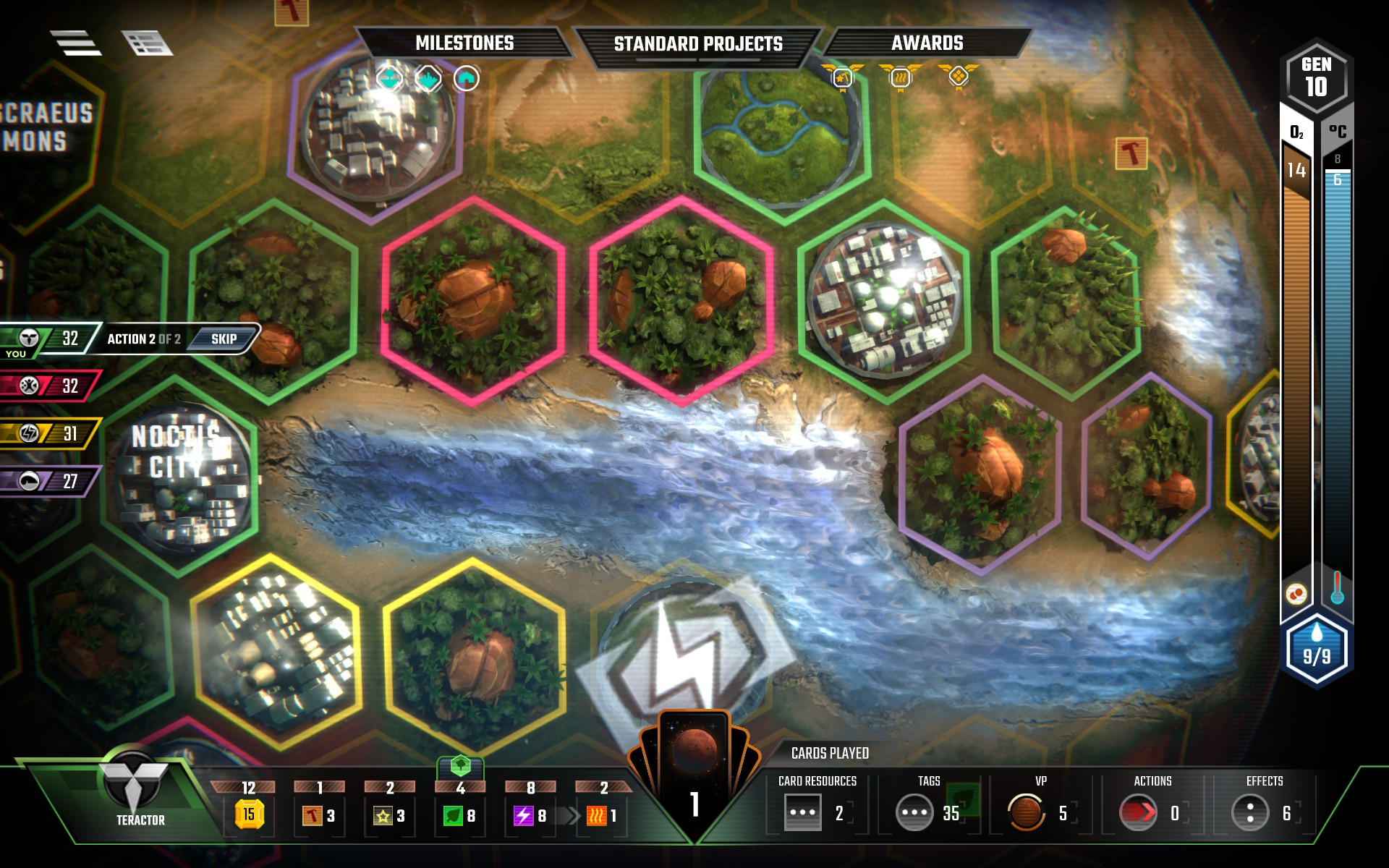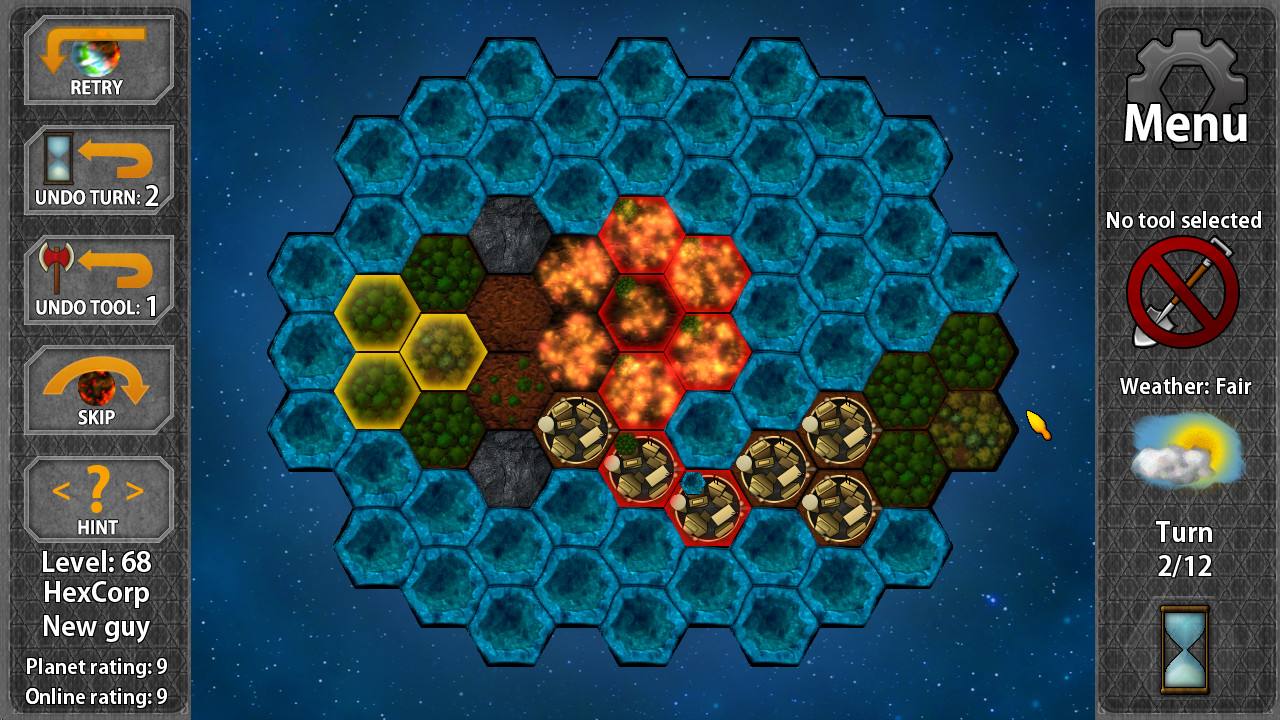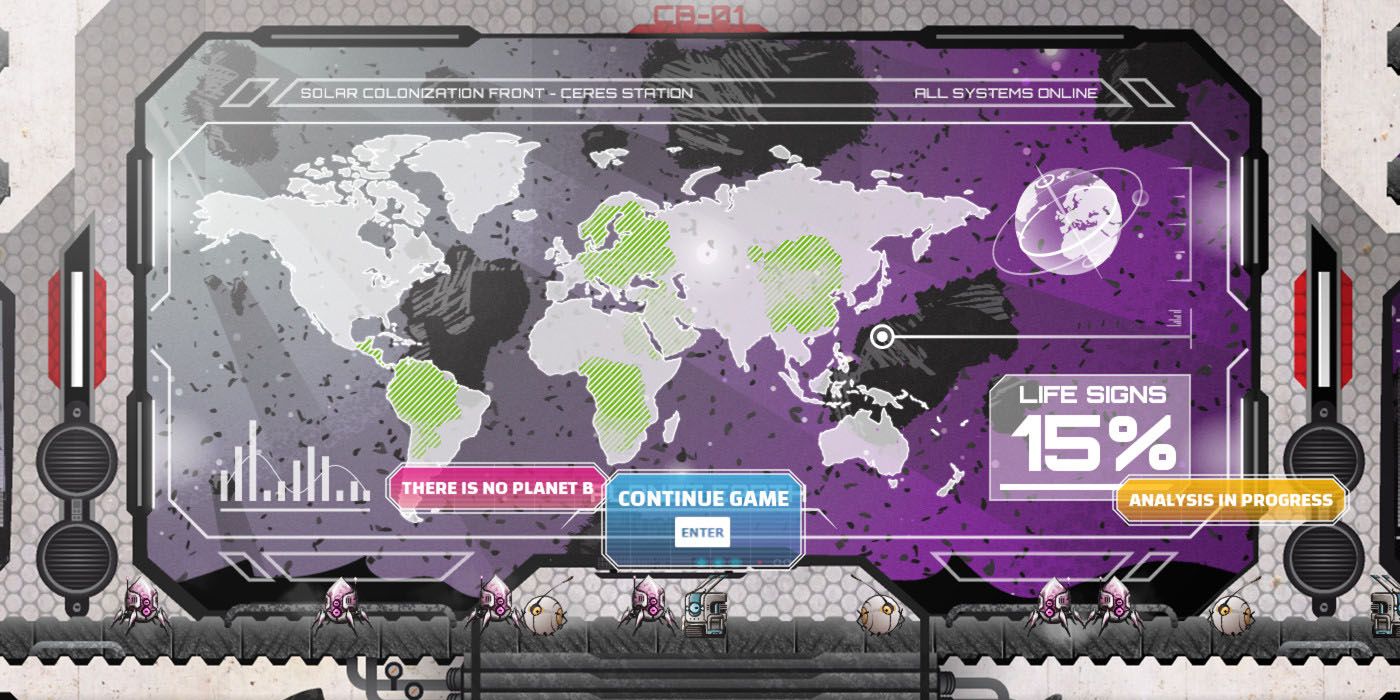

With the basic building blocks in place (probably), Mars is far and away the popular choice for the first terraforming efforts.ġ.3 Are There Other Options in Our Solar System? Also, it once had warm, flowing water, and we know there is frozen water on the planet. It once had an atmosphere, so there is the chance that it could have an atmosphere again.

Mars is surprisingly similar to Earth in many ways. But as we’ll learn, utilizing these resources is neither simple nor easy. It’s close enough to access, (we’ve already landed our technology on Mars, just not ourselves) and has the basic building blocks to potentially become a habitable planet. It sounds simple, but that would be a staggering task.ġ.2 Mars: The Popular Choice for TerraformingĬurrently, Mars is the best conceivable option for terraforming. However, the basic elements that are needed to support life, such as hydrogen, nitrogen, and carbon, are not found in large quantities on the Moon, so while we can reach it, we would need to somehow inject the Moon with the appropriate elements. Because it is so close, it would be relatively easy to ship supplies to and from the moon, so it seems like an obvious first choice. The Moon presents a tempting location for experimentation in this process.

After all, terraforming one place, such as the Moon, would be completely different than terraforming another, such as Mars.ġ.1 The Moon: Close Proximity, Not Enough to Work With These are just two of the staggering challenges that come from terraforming.įirst, it helps to look at where we could possibly terraform. So not only do we need to create a source of oxygen, we also need to find a way to block the sun’s radiation. On Mars, the Moon, and other areas of space, we don’t have that luxury. On Earth, we have a nice magnetic field that blocks the sun’s radiation, keeping us healthy and happy. Among the many other factors, we also need a shield from the sun’s dangerous radiation. However, to make a planet hospitable for humans, we need more than just breathable air. One of the main components of terraforming is creating a source of oxygen. Since the mid-20th century, the concept of changing a planet’s atmosphere has captured our imagination, appearing in numerous works of fiction, including movies, books, and even video games. But the concept of changing a planet goes back further, even if the term “terraforming” was not used. The first use of the term is credited to science-fiction writer Jack Williamson, whose 1942 story “Collision Orbit” featured the concept. The concept would seem like a rather modern theory, but it actually dates back decades. Terraforming is the process of changing a planet or celestial body’s atmosphere so that is can sustain life, particularly human life. Terraforming 101: Transforming an Inhospitable Planet into An Human-Friendly Oasisįirst, we need to understand what terraforming is and what it is not.

And as we’ll learn, we are still a long ways from even coming close to terraforming a planet.ġ. Right now, we are just beginning to grasp the possible options and starting to wrestle with the colossal challenges presented by terraforming. This means we need “terraforming.”īut could it be possible, or is terraforming simply the fantasy of imaginative science-fiction writers? This means we need to create atmospheres. But eventually, we will need to be able to step out and walk around, all without equipment or survival gear. In the near future (and by “near” we mean hundreds of years from now), humans may live in cocooned settlements on the Moon or Mars. We have a vast assortment of planets from which to choose, and humans hop and skip from one hospitable globe to another, depending on their preferences. In grand science-fiction fantasies, we imagine a universe dotted with planets that are perfectly capable of supporting human life.


 0 kommentar(er)
0 kommentar(er)
